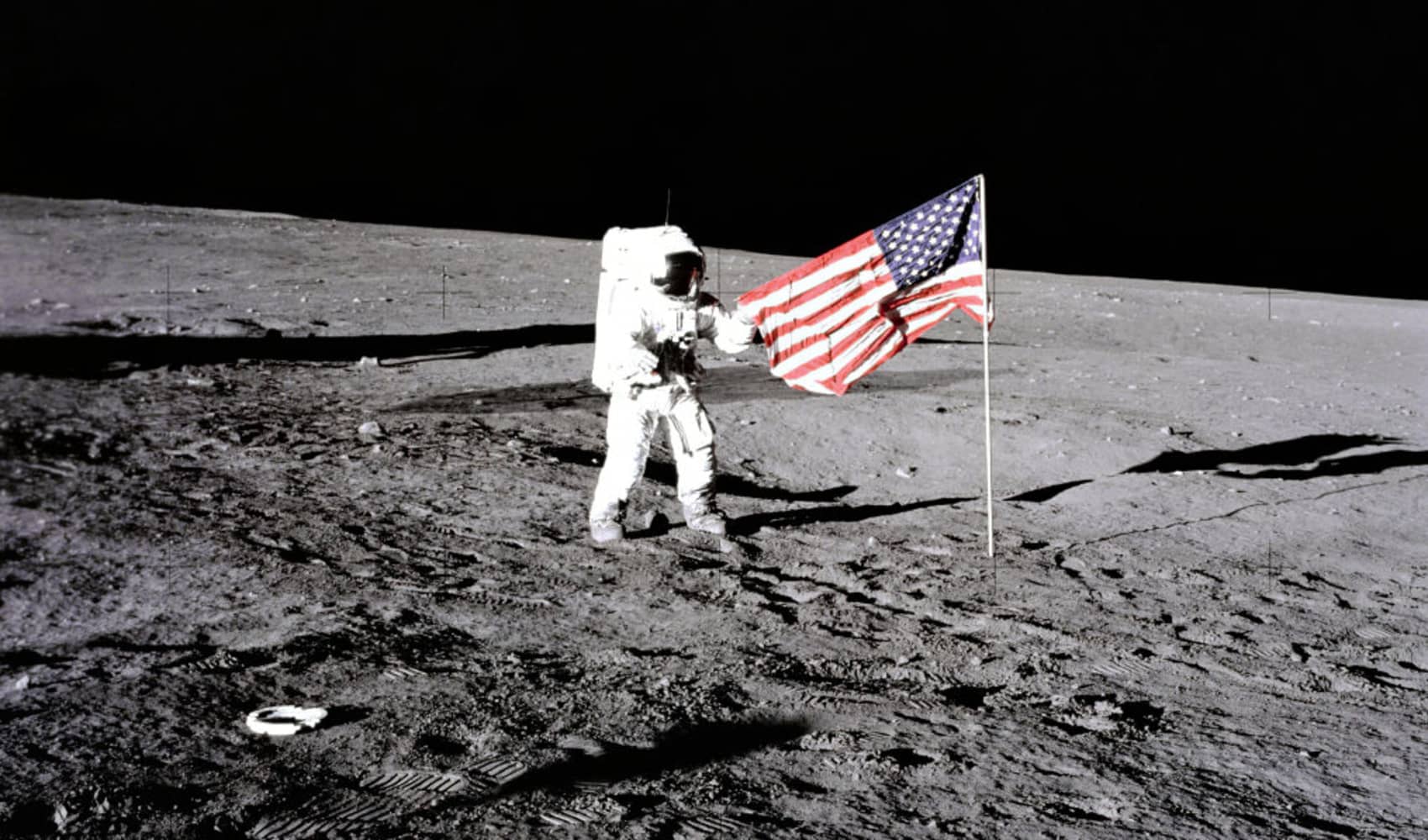
An unmanned lunar spacecraft has captured and transmitted data analyzing 10 lunar rocks, a greater-than-expected achievement that could help provide clues about the origin of the moon, a Japan space agency official said Wednesday.
For four days, the Smart Lander for Investigating Moon, or SLIM — which landed on the moon last month — has used its multi-band spectral camera to study rock composition, and worked on examining lunar rocks, said Japan Aerospace Exploration Agency project manager Shinichiro Sakai.
Watch NBC6 free wherever you are
The lunar mission is Japan's first. The spacecraft made a historic precision touchdown on Jan. 20, though it landed the wrong way up, with its solar panels initially unable to see the sun and was turned off after a brief communication with Earth. But on the eighth day, it started working, allowing it to successfully reestablish communication with the command center at JAXA on Earth.
A black-and-white photo transmitted soon after SLIM was reactivated showed the bumpy lunar surface, including six rocks. The craft eventually obtained data from 10 rocks altogether, all of which have been given the names of dog breeds, such as “Akitainu,” “Beagle” and “Shibainu.”
Get local news you need to know to start your day with NBC 6's News Headlines newsletter.
“We are hoping that the rock analysis will lead us to the origin of the moon,” Sakai said. By comparing the mineral compositions of moon rocks and those of Earth, they could find out if the rocks have common elements, he said. According to the “giant-impact” hypothesis, the moon is believed to have formed as a result of the Earth colliding with another planet, and a smaller mass spinning off of them.
The JAXA team expected SLIM to study and analyze only one rock, so having data on 10 rocks was a cause for celebration, propelling the team to pursue studying the moon's origins.
SLIM is currently “hibernating” in another lunar night that will last till late February. It remains unknown if the probe and its spectroscope will survive the severe cold night temperatures and be able to “wake up” once sunlight returns.
The spacecraft had landed about 55 meters (60 yards) away from its target, near the Shioli crater, a region covered in volcanic rocks. It's the most precise landing compared to previous moon missions that typically aimed for flat areas at least 10 kilometers (6 miles) wide.
If the lander had not encountered a last-minute failure in one of the two main engines that caused a harder-than-planned landing, SLIM's touchdown was estimated to be within meters of the target, JAXA said.
SLIM carried two autonomous probes which were released just before touchdown, recording the landing, surroundings and other lunar data. The two small probes had completed their mission of recording SLIM's initial work and have since stopped working.
The landing made Japan the world's fifth country to reach the moon, after the United States, the Soviet Union, China and India.



